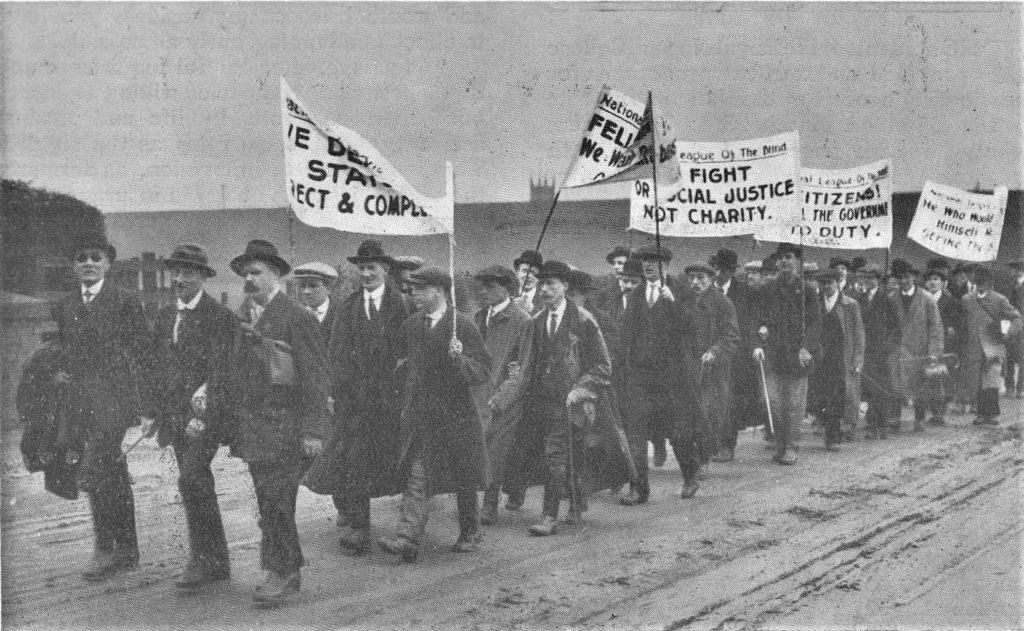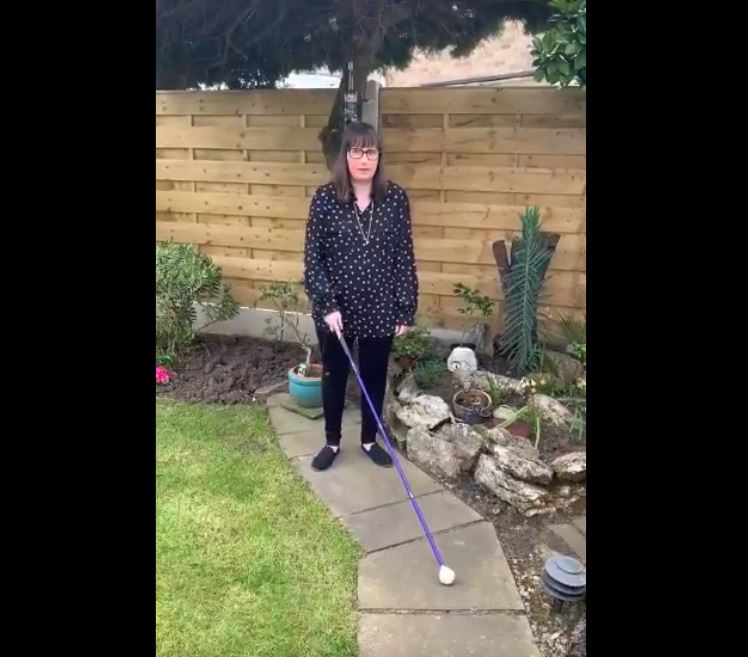Blind and partially sighted campaigners across the UK will be marching throughout April to commemorate the hundredth anniversary of the ‘Blind March’, by using their daily exercise to take their own symbolic steps for equality.

The Blind March of April 1920 started from Leeds, Manchester and Newport, and saw hundreds of blind and partially sighted people travel to London on foot in order to meet the Prime Minister, David Lloyd George, and demand fairer rights for people with sight loss.
The event, which was organised by the National League of the Blind, was the first disability movement of its kind and successfully resulted in the Blind Person’s Act 1920 – an early precursor to today’s Equality Act (2010).
Now, 100 years later, the Royal National Institute of Blind People is asking people to use their one exercise a day to remember this event and take their own steps for equality.

Author of the blog Life of a Blind Girl, Holly Tuke, 24, from York, was one of the people to mark the historic occasion by re-enacting the first steps of the march via video. She said: “I’m taking part in the Blind March 2020 as I’m passionate about raising awareness of sight loss and helping others.
“To me, equality means having equal access in every aspect of society. There have been many positive changes that have had a significant impact on the lives of blind and partially sighted people over the last hundred years, however we still have a long way to go to achieve equality.
“Over the next hundred years I’d like people to see our ability, not just our disability.”
Terri, from Greater Manchester, was another participant in the virtual march, saying: “I’m marching for equality of access to information. Being able to read information that allows you to make important decisions is a basic human right.
“Things have changed in the hundred years since blind and partially sighted campaigners marched to London, but there is still much more to be done.”
Gareth Davies, from Cardiff, said: “Many people might not be familiar with the history of the Blind March, but it marked an important step forward for blind and partially sighted people’s rights across the UK. We might not be able to commemorate the march in person at this time, but we can all come together to remember this landmark event in a small but significant way.
“We have come so far in 100 years, but there are still barriers that need to be broken down. We all have causes that we would like to push forward.
“I will be marching to raise awareness of employment for people with sight loss, and Rhian is marching to highlight her campaign against dangerous pavement parking. I hope many more blind and partially sighted people across Wales share their own videos for equality throughout April.”
Keith Valentine, Director of Development at RNIB, has also taken his own steps in commemoration for the event. He said: “Society has moved on leaps and bounds over the last hundred years. But, for all our progress, many of the issues that the National League of the Blind marched to London to change remain the same today.
“Just like in 1920, blind and partially sighted people continue to face barriers finding and keeping employment, accessing education and getting appropriate Government support. There has been some progress, but it’s not good enough. That’s why we want people to use their one exercise a day to get moving and take their own steps for equality.”
To find out more about the history of the Blind March and how RNIB are marking the event, visit: www.rnib.org.uk/campaigning/marching-history



